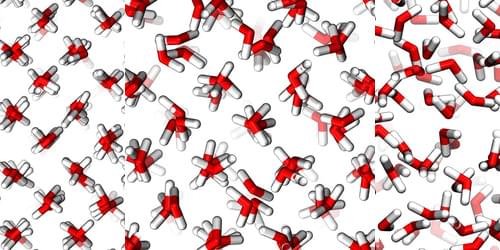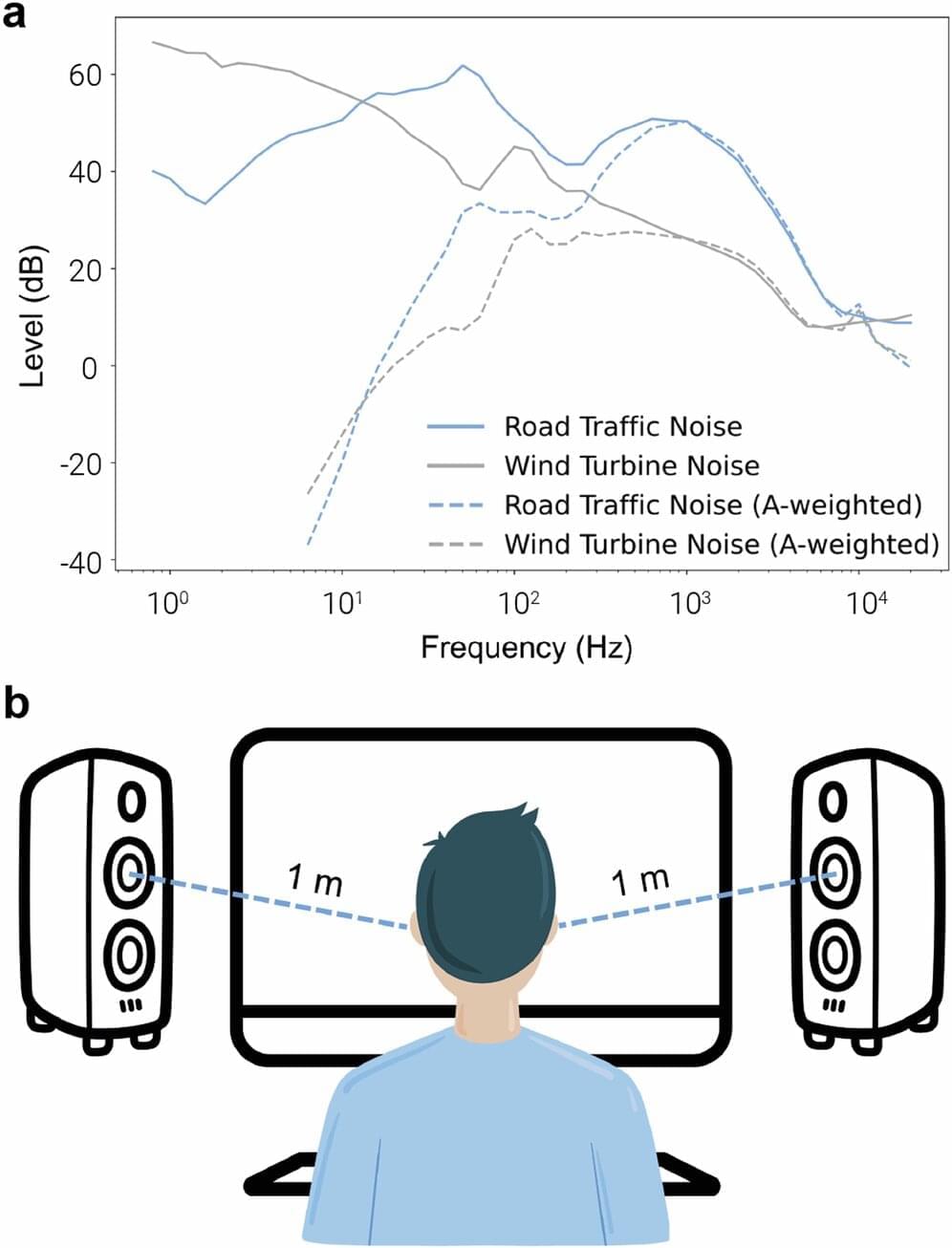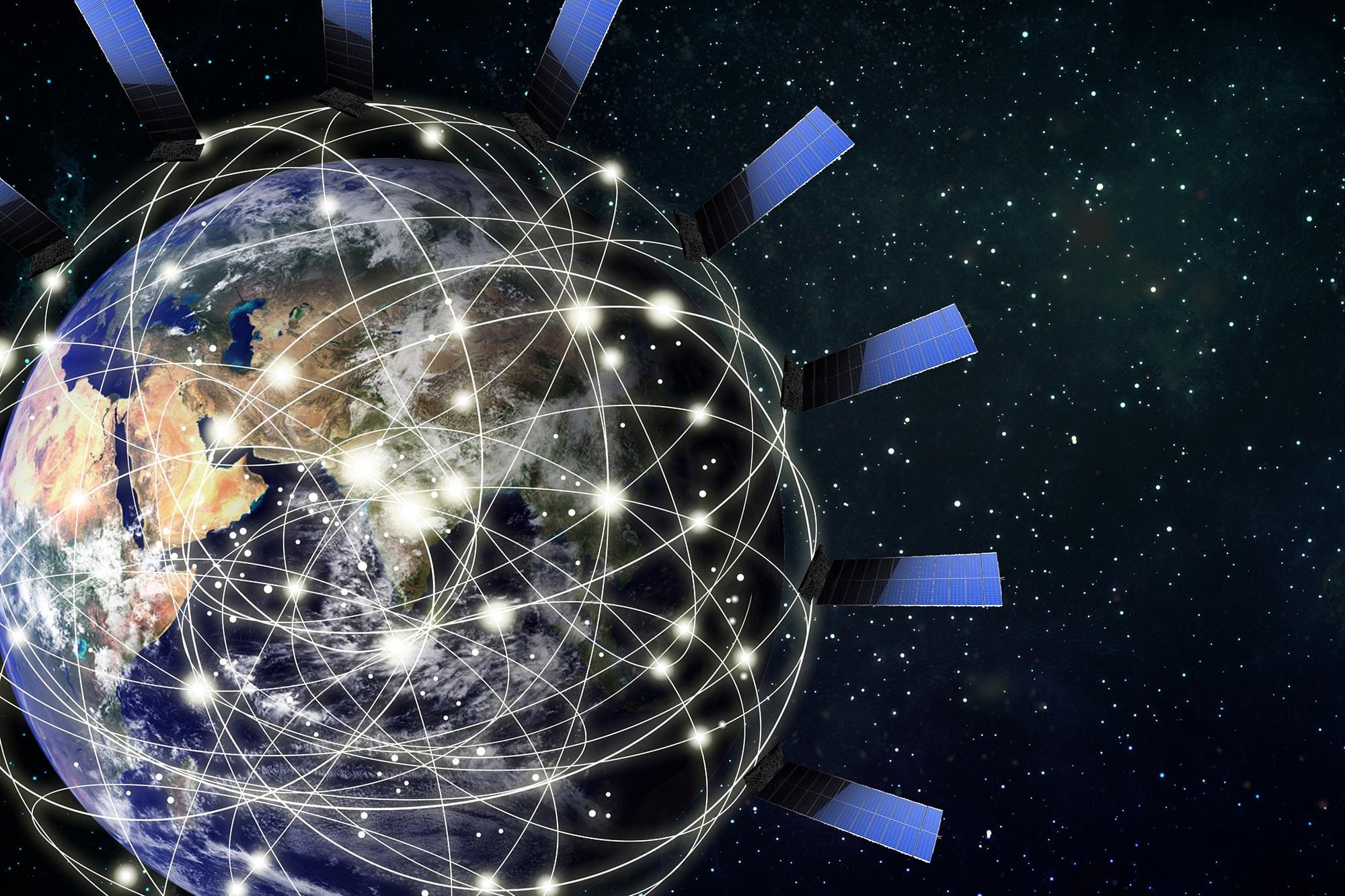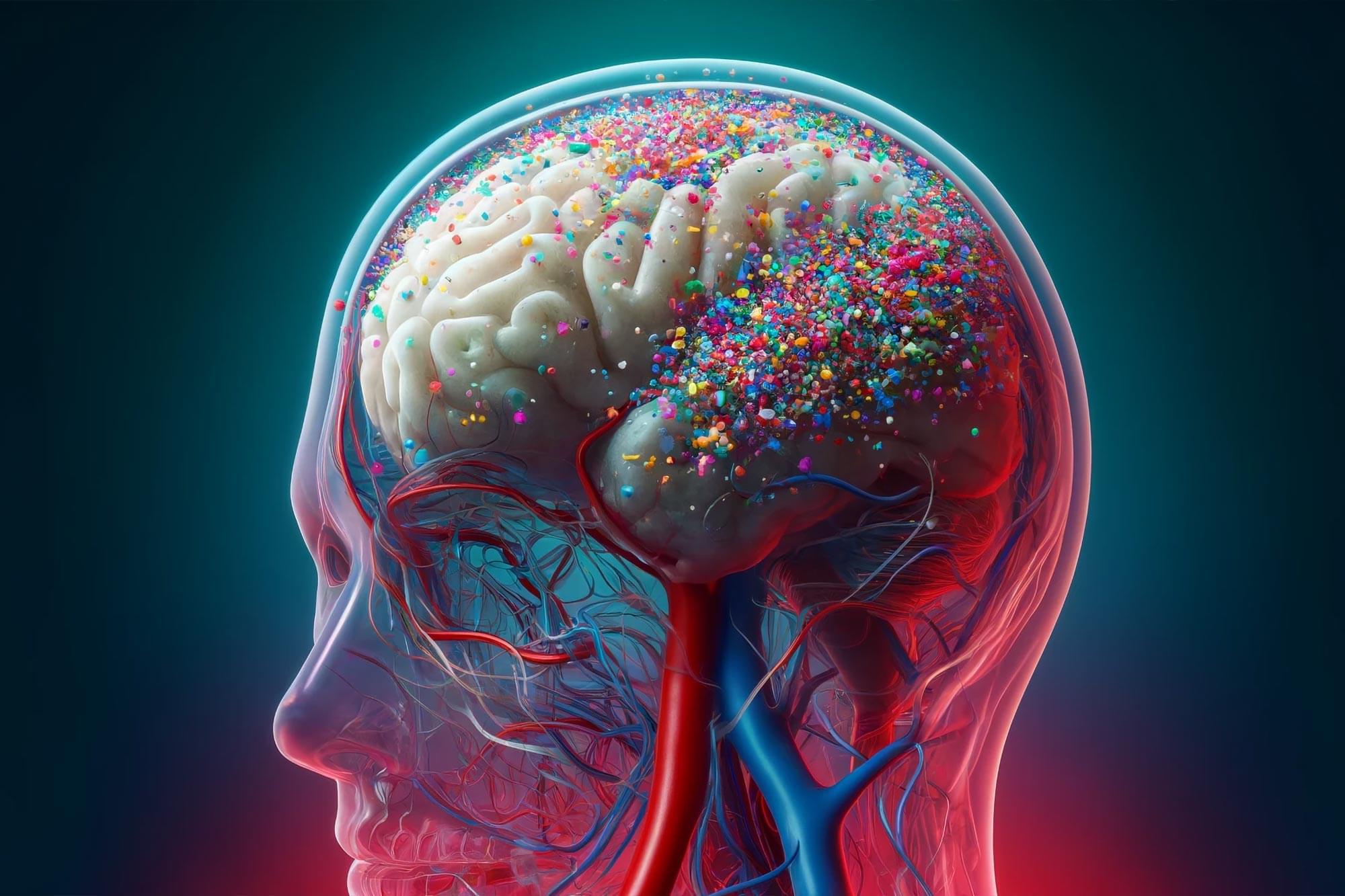From green screen to Unreal Engine, Industrial Light & Magic’s Dean Yurke revealed his secrets to master camera tracking in an in-depth video.
Get the latest international news and world events from around the world.


Lab-Created Aurora Highlights New Polymer Physics
The discovery of a mini aurora above a light-emitting polymer material reveals an electron-ejection process that might be useful in field-emission displays and material fabrication.
Auroras occur in the night sky when charged solar-wind particles, such as protons and electrons, are deflected by Earth’s magnetic field and interact with molecules in the atmosphere. Researchers have now found an aurora-like emission coming from a light-emitting polymer [1]. The surprising display consisted of flashes of green light above the polymer surface. The researchers explained the emission as the result of electrons being ejected from the polymer and interacting with a vapor of organic molecules. The discovery suggests that these polymers might be useful as electron emitters for applications such as spectroscopy, medical technology, and lithography.
Jun Gao from Queen’s University in Canada is amazed by auroras, and he’s even gone out on cold nights to look for them. But he was not prepared for the aurora that showed up in his lab two years ago. He and his student at the time, Dongze Wang, were testing failure modes for polymer light-emitting electrochemical cells, or PLECs, used in light sources and display devices. These cells are organic semiconductors that are electrochemically doped on one side to have excess electrons (making an n-type semiconductor) and on the other side to have electron deficiencies, or holes (making a p-type semiconductor). Electrons crossing the p – n boundary can fill holes and produce red light.


No evidence for ‘wind turbine syndrome’ claims: Windmill noise is no more stressful than traffic sounds, study suggests
A team of cognitive neuroscientists and acoustic engineers at Adam Mickiewicz University, in Poland, has found no evidence that wind turbine noise causes mental impairment. In their study, published in the journal Humanities and Social Sciences Communication, the group conducted experiments exposing human volunteers to various noises and measured a range of impacts.
Over the past several years, several groups and individuals around the world, most particularly in the U.S., have conceived of the idea of something called “wind turbine syndrome”—a theory that suggests noise from windmills can cause mental illness, or other health problems such as cancer. To date, such claims have not been backed up by research or any other type of proof. In this new effort, the research team in Poland sought to find out if there is any merit to the theory.
The researchers recruited 45 students at a local university who listened to various noises while wearing devices that measured their brainwaves. The researchers intentionally chose young volunteers because prior research has shown they are more sensitive to noise than older people.

Scientists Just Found a Hidden Climate Tracker in Starlink’s Signals — And It’s a Game Changer
Unlocking New Data for Earth Observation
Reliable data is one of the most valuable tools in scientific research. The more data sources scientists can access, the more accurate their findings become. Until recently, researchers in navigation and satellite geodesy saw a major missed opportunity — while thousands of satellites in mega-constellations orbited Earth for communication purposes, their signals couldn’t be used for positioning or Earth observation.

Scientists Have Discovered Shocking Amounts of Microplastics in the Brain — And It Could Be Increasing Our Risk of Dementia
The brain has higher concentrations of plastic particles compared to other organs, with increased levels found in dementia patients.
In a comprehensive commentary published in Brain Medicine, researchers highlight alarming new evidence of microplastic accumulation in human brain tissue, offering critical insights into potential health implications and prevention strategies. This commentary examines findings from a groundbreaking Nature Medicine article by Nihart et al. (2025) on the bioaccumulation of microplastics in the brains of deceased individuals.
The research reveals that human brains contain approximately a spoonful of microplastics and nanoplastics (MNPs), with levels three to five times higher in individuals with documented dementia diagnoses. Even more concerning, brain tissue exhibited MNP concentrations seven to thirty times higher than those found in other organs, such as the liver or kidneys.

SilentCryptoMiner Infects 2,000 Russian Users via Fake VPN and DPI Bypass Tools
A new mass malware campaign is infecting users with a cryptocurrency miner named SilentCryptoMiner by masquerading it as a tool designed to circumvent internet blocks and restrictions around online services.
Russian cybersecurity company Kaspersky said the activity is part of a larger trend where cybercriminals are increasingly leveraging Windows Packet Divert (WPD) tools to distribute malware under the guise of restriction bypass programs.
“Such software is often distributed in the form of archives with text installation instructions, in which the developers recommend disabling security solutions, citing false positives,” researchers Leonid Bezvershenko, Dmitry Pikush, and Oleg Kupreev said. “This plays into the hands of attackers by allowing them to persist in an unprotected system without the risk of detection.”

